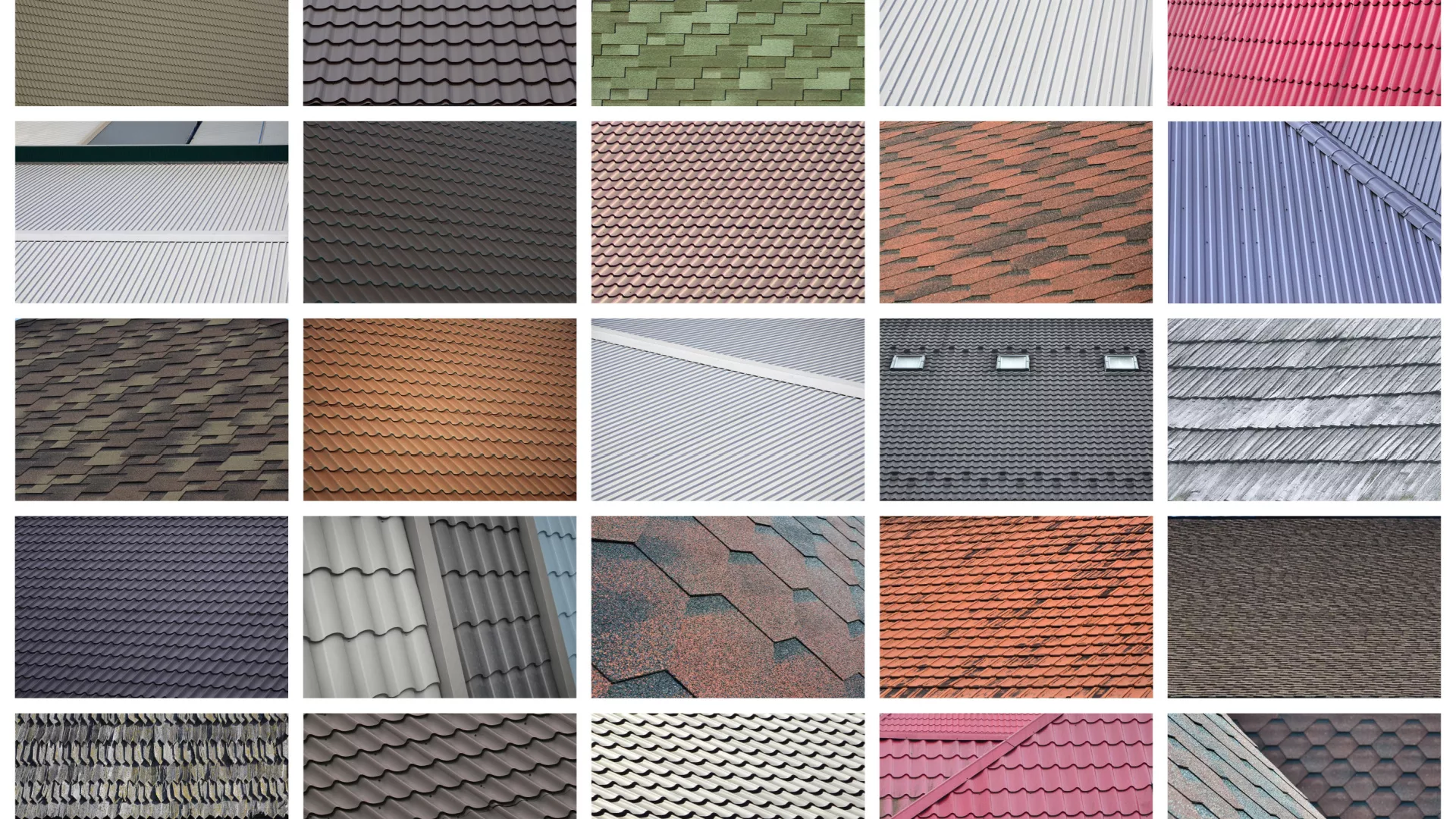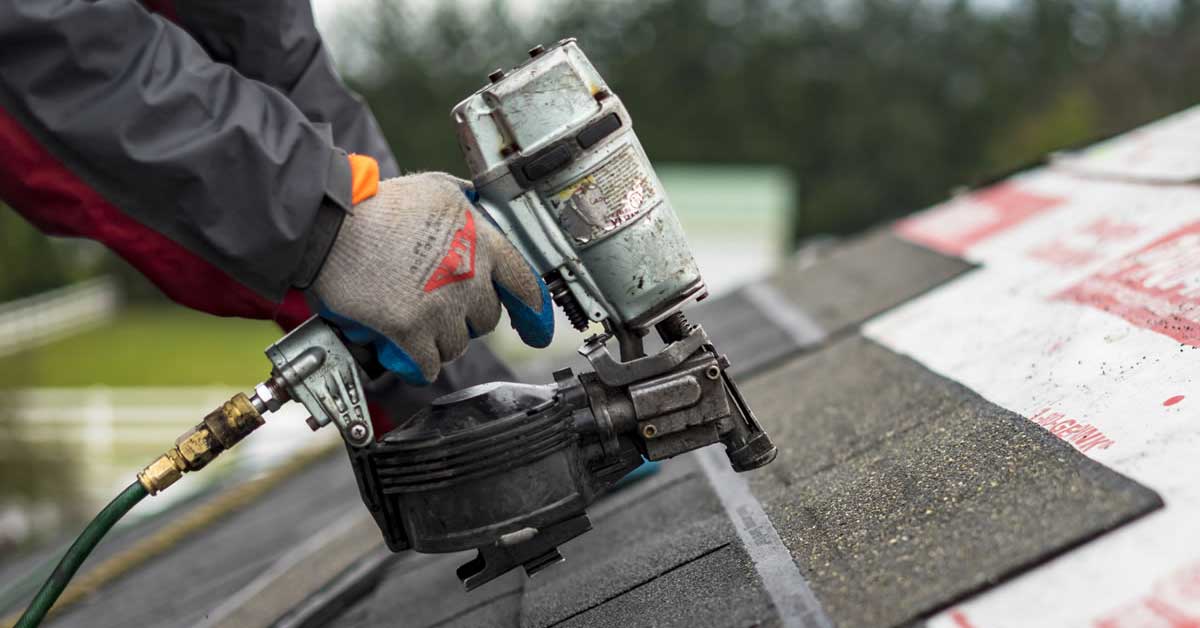The Buzz on Roof Nuts
Table of ContentsRoof Nuts Things To Know Before You Get ThisRoof Nuts Can Be Fun For EveryoneEverything about Roof NutsWhat Does Roof Nuts Mean?
Made from an artificial polycarbonate layer combined with enhancing scrim, TPO roof is set up using heat welding, developing a solid and durable bond with the roof covering deck. This technique of installment guarantees that TPO roofs can last approximately 25 years with proper treatment and maintenance. TPO roof material is offered in various widths, making it versatile for various flat roof applications. PVC roof is not suggested for steep slopes, as well as areas with hefty snowfall or freeze-thaw cycles. PVC roof incorporates durability with simplicity of setup, making it a prominent selection for various level roof applications.These systems, likewise referred to as built up roof covering, are made up of numerous layers of asphalt-impregnated roof really felt and asphalt, producing a robust and watertight barrier versus the aspects. The top layer generally includes finely crushed stone granules, giving a wear-resistant surface area that can hold up against the roughness of time. The organized application process of BUR assurances appropriate bond of each layer, therefore improving the roofing's total sturdiness and durability.

The Definitive Guide for Roof Nuts
BUR is known for its cost-effectiveness, providing a competitive cost per year of anticipated solution life contrasted to various other commercial roof covering systems. With a life-span ranging from 15 to three decades, BUR provides a reliable and long-lasting roof covering solution for both residential and industrial buildings. Its ability to handle various weather and its cost-effectiveness make BUR an eye-catching option for several homeowner.
thanks to the addition of special polymers. This asphalt-based product is changed to enhance its adaptability and resilience, making it appropriate for a large range of environments and applications. Customized bitumen roof is manufactured right into rolls with either smooth or granulated surface areas, giving different options for various roof demands. There are different sorts of changed asphalt roofing, with typical polymers such as atactic polypropylene (APPLICATION) and styrene butadiene styrene (SBS) used in the cap sheet.
Conversely, the cold adhesive approach includes using a specifically created glue to the substrate before laying down the changed bitumen sheets. There are also self-adhesive modified asphalt sheets Learn More Here that feature a pre-applied adhesive layer, removing the demand for open flames during installment. Each approach has its benefits, but all require knowledgeable professionals to guarantee optimum efficiency and longevity
Roof Nuts - Questions

Metal flat roof can last up to 35 years in optimal problems, making it a trustworthy long-lasting investment. One of the significant downsides of steel roofing is its greater first expense compared to other roofing materials.
Fluid roofing has a fairly uncomplicated application procedure that guarantees smooth, efficient coverage. There are numerous types of fluid finishings utilized in roof, each offering distinct advantages: Silicone coverings succeed in climate resistance and can withstand ponding water without breaking down.
Getting My Roof Nuts To Work

This preparation stage is critical as it sets the structure for a smooth and long lasting roofing layer (Savannah). When the surface is all set, the liquid layer is normally used utilizing spray tools or rollers for even protection.
The typical life expectancy of a level roofing system is concerning 20 years, which influences the total worth acquired from the first financial investment. Labor costs are a substantial part of repair work expenses and can considerably influence the long-lasting worth of a flat roofing - https://www.provenexpert.com/en-us/roof-nuts/?mode=preview. Purchasing a sturdy and long-lasting roof material can save cash in the long run by reducing the frequency and cost of repair work and maintenance
Comments on “Getting My Roof Nuts To Work”